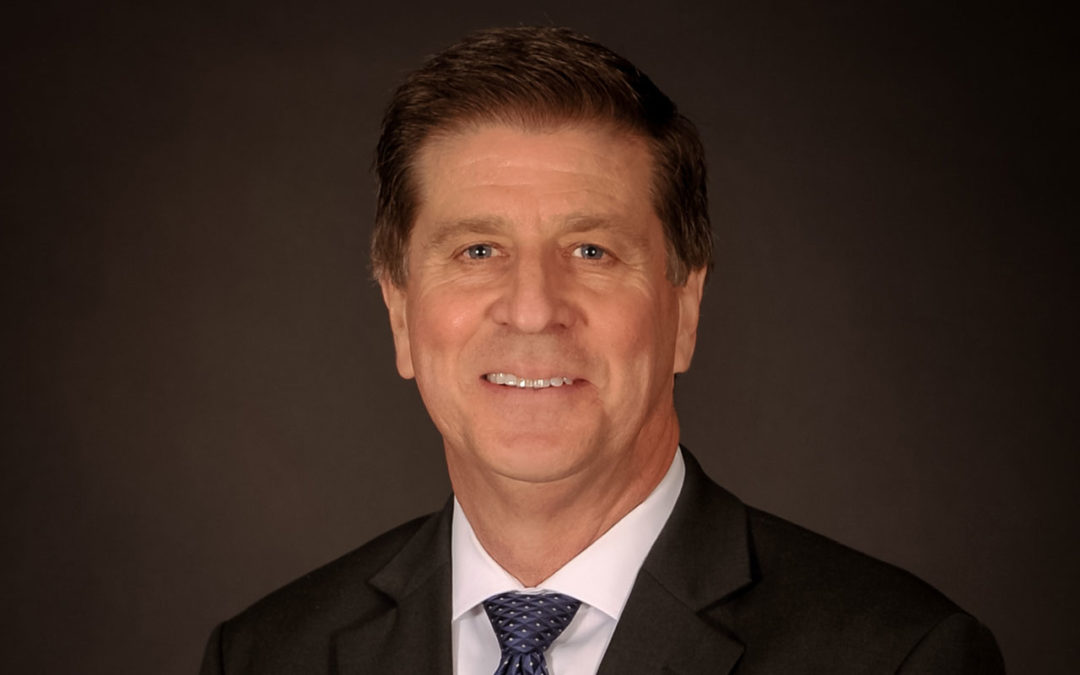Doug Williams is the 2021-22 president of the Texas Association of School Administrators (TASA) and the superintendent of Sunnyvale ISD, which is a member of the Texas Public Accountability Consortium (TPAC). This article was originally published in the fall 2021 issue of TASA’s INSIGHT journal.
During the first week of October 2021, 40 districts from across the state joined us in Sunnyvale ISD for a meeting of the Texas Public Accountability Consortium (TPAC). These districts met in person for the first time since the beginning of the pandemic for two days of productive dialogue and design.
This group of school districts has been working together since 2017 to craft an accountability system aimed to carry out the vision of the authors of Creating a New Vision for Public Education in Texas. This publication, known as the Visioning Document, states: “Districts should be allowed to design their own internal systems of assessment for learning and accountability, as long as they meet certain specified state standards.” The phrase community-based accountability systems (CBAS) was coined as schools seek to design measures that reflect the values and characteristics of their district and community.
In Sunnyvale ISD, our journey toward development of a CBAS started in 2012 at a summer board workshop as we discussed our path forward. We were excelling at the state-designed accountability system, but we felt like there was so much more we could do to prepare our students for college and the work world ahead of them. I contended that a move away from solely measuring our success on the state standards and developing our own system of district accomplishments would allow us to change focus and conversations toward student achievement and preparedness. The call to action that day was to develop our own accountability system along with an annual report to the Raider Community.
To start the process, I reached out to other schools that were pacesetters in CBAS efforts. Highland Park, led by Dr. Dawson Orr, had designed a framework to aid districts in development, along with a series of questions toward obtaining an understanding of community beliefs and values. Clear Creek ISD and Dr. Greg Smith had crafted an annual report to their community that became a guide for the SISD Community Report, now an annual feature distributed to our entire town.
Our next step toward developing a CBAS included parent/stakeholder meetings that we called Community Summits. To create engagement and obtain feedback, we asked two questions at each of the summits: (1) What future do you want for your students, and (2) What skills do they need to be prepared for that future? After those summits, the board members and our administrative team recommended members of the faculty and staff, along with community members, to serve on the SISD Rating System team. The team met over the next 18 months, armed with the responses from the summits, and developed indicators to be used to evaluate the effectiveness of SISD in preparing our kids for post-graduation success. The indicators included everything from ACT/SAT performance, fine art offerings, CTE programs and STEM education. Most importantly, it reflected the voice of our Sunnyvale community about what was, and still is, important to them.
That, in essence, is what is so important about the need for CBAS development and expansion. The 1,100 school districts in the state are each unique in nature and should not be measured with the same instrument. We must continually evaluate and refine the programs that our communities deem to be important for our students. SISD has used our rating system to not only communicate levels of success for our programs, but also as a metric for individual program analysis.
A few years ago, our annual rating system determined that we needed improvement in the area of STEM education. A renewed emphasis, including the addition of STEM labs at the elementary level and STEM teachers at the middle and high school levels, has paved the way for great improvement. STEM is now one of our strongest areas, annually producing students who are entering college engineering programs.
Community-based accountability is an important aspect of local control for which we must continue to advocate. We must be provided with an expanded opportunity to work with our board of trustees and our community members to incorporate the values, beliefs and needs of our districts. And then, in turn, be held to a high level of accountability by our constituents in order for our students to receive the best possible education and to increase the level of preparedness of each graduate.
I encourage you to join in this vital mission. What future do you want for your students? What skills do they need to be prepared for that future? To what degree is your district fostering student development of these skills?

